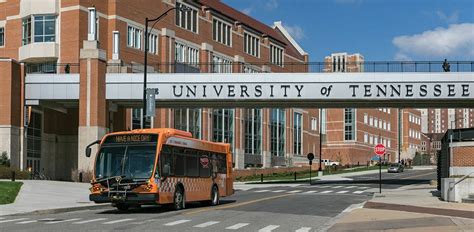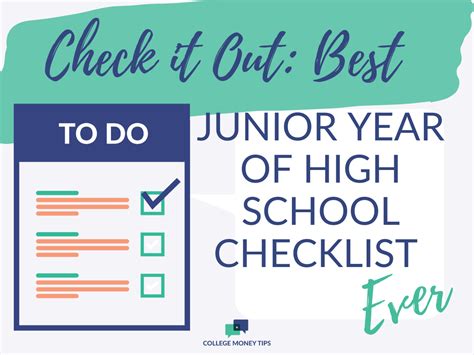As you embark on your junior year of high school, it’s crucial to lay the groundwork for a successful and fulfilling high school experience. This comprehensive checklist will guide you through essential steps to take in academics, extracurricular activities, college planning, and personal development.

Academics
-
Maintain a strong GPA: Junior year is a pivotal time for building your GPA, which will factor heavily into college admissions decisions. Set realistic academic goals and strive to excel in all your classes. Consider taking challenging courses such as honors, AP, or IB to boost your academic profile.
-
Seek support when needed: Don’t hesitate to seek help from teachers, counselors, or tutors if you are struggling in any subject. Early intervention can prevent minor academic setbacks from snowballing.
-
Get involved in academic clubs: Join clubs like Science Olympiad, National Honor Society, or Debate Team to further explore your academic interests and develop leadership skills.
Extracurricular Activities
-
Explore and identify your passions: Take advantage of junior year to try out different extracurricular activities and discover what you truly enjoy. Whether it’s sports, music, theater, or volunteering, engage in activities that bring you joy and fulfillment.
-
Develop leadership skills: Seek opportunities to take on leadership roles within your extracurricular activities. Organize events, lead projects, or mentor younger students to enhance your leadership abilities.
-
Build your resume: Keep a record of your extracurricular involvements, skills, and accomplishments. This will provide valuable content for college applications and future job opportunities.
College Planning
-
Research colleges and universities: Begin exploring different colleges and universities that align with your interests and aspirations. Attend college fairs, visit campuses, and speak to students and admissions officers to gather information.
-
Take standardized tests: Prepare and take the SAT or ACT in the fall or spring of your junior year to establish a baseline score and identify areas for improvement.
-
Create a college list: Compile a list of potential colleges that meet your academic, social, and financial needs. Attend virtual or in-person college tours to narrow down your choices.
Personal Development
-
Reflect on your strengths and weaknesses: Take the time to identify your unique abilities, interests, and areas where you can improve. This self-awareness will guide your future decisions and help you develop a sense of purpose.
-
Set personal goals: Establish clear and achievable personal goals for your junior year. These goals could relate to academics, extracurriculars, or personal growth. Having specific targets will motivate you to stay focused and driven.
-
Build a strong support system: Surround yourself with supportive friends, family members, and mentors who believe in you and encourage your growth. A strong support system can help you navigate the challenges of junior year with confidence.
Table 1: Key Academic Milestones for Junior Year
| Milestone | Description |
|---|---|
| Maintain a strong GPA | Set academic goals and strive for excellence in all classes. |
| Seek support when needed | Reach out to teachers, counselors, or tutors for assistance with academic challenges. |
| Take challenging courses | Enroll in honors, AP, or IB classes to boost your academic profile. |
| Explore extracurricular activities | Try out different activities to discover your passions and interests. |
Table 2: Essential Extracurricular Activities for Junior Year
| Activity | Benefits |
|---|---|
| Science Olympiad | Develop problem-solving, critical thinking, and teamwork skills. |
| National Honor Society | Enhance academic achievements and demonstrate leadership and service. |
| Debate Team | Improve communication, persuasion, and research abilities. |
Table 3: College Planning Timeline for Junior Year
| Month | Task |
|---|---|
| September | Attend college fairs and visit campuses. |
| October | Take the PSAT or PLAN to establish a baseline score. |
| November | Begin researching colleges and universities. |
| February | Take the SAT or ACT for the first time. |
| April | Create a college list and narrow down your choices. |
Table 4: Personal Development Goals for Junior Year
| Goal | Description |
|---|---|
| Enhance self-awareness | Reflect on your strengths, weaknesses, and interests. |
| Set achievable goals | Establish clear and realistic goals for personal growth. |
| Build a strong support system | Surround yourself with supportive individuals who encourage your success. |
Conclusion
Your junior year of high school is a crucial period for laying the foundation for your future. By following the steps outlined in this comprehensive checklist, you can maximize your academic potential, explore your passions, prepare for college, and grow as a person. Remember, success is not a one-size-fits-all concept. Tailor your approach to fit your individual needs and aspirations. Embrace the challenges, seize the opportunities, and make the most of this transformative year.
